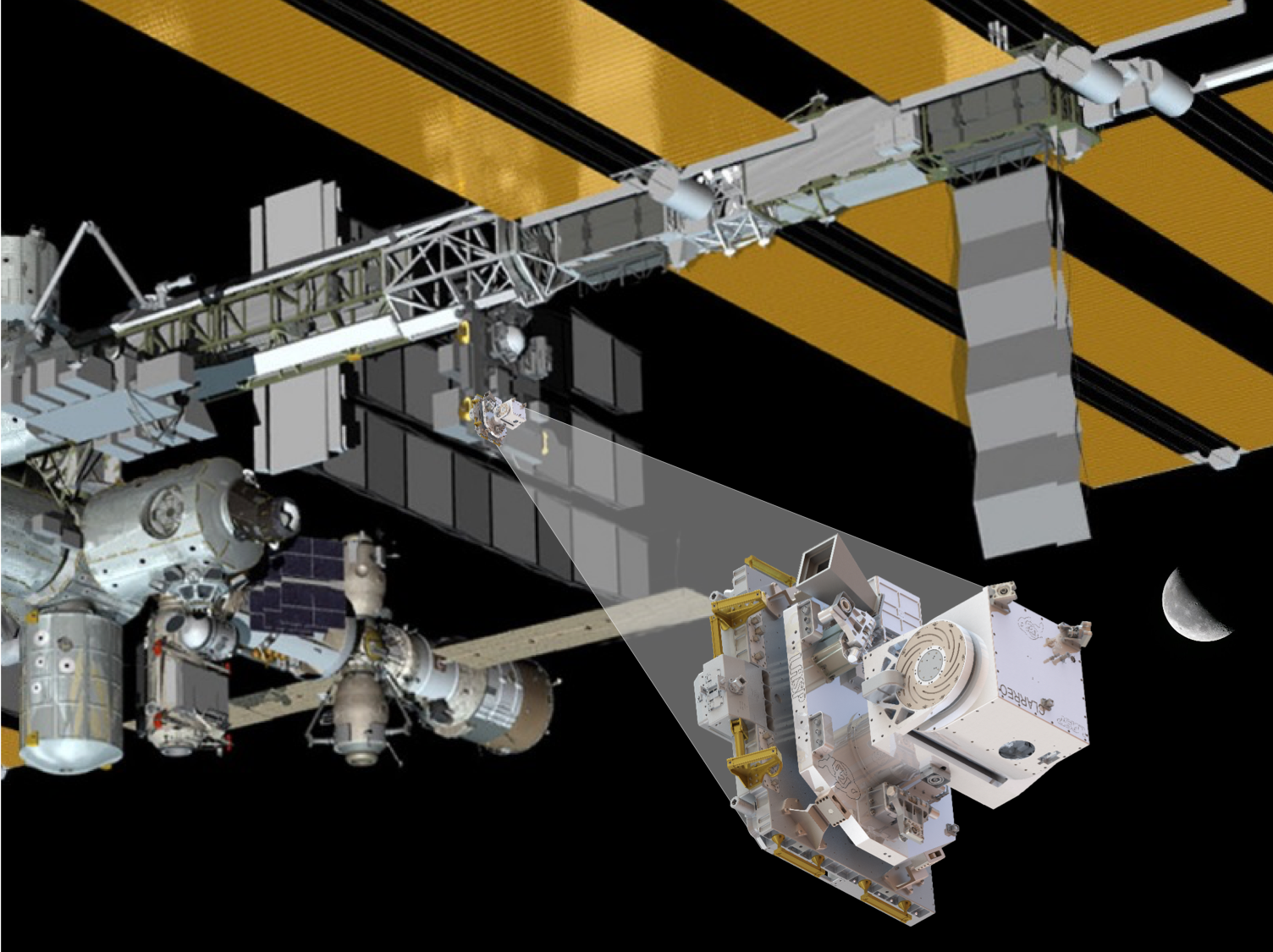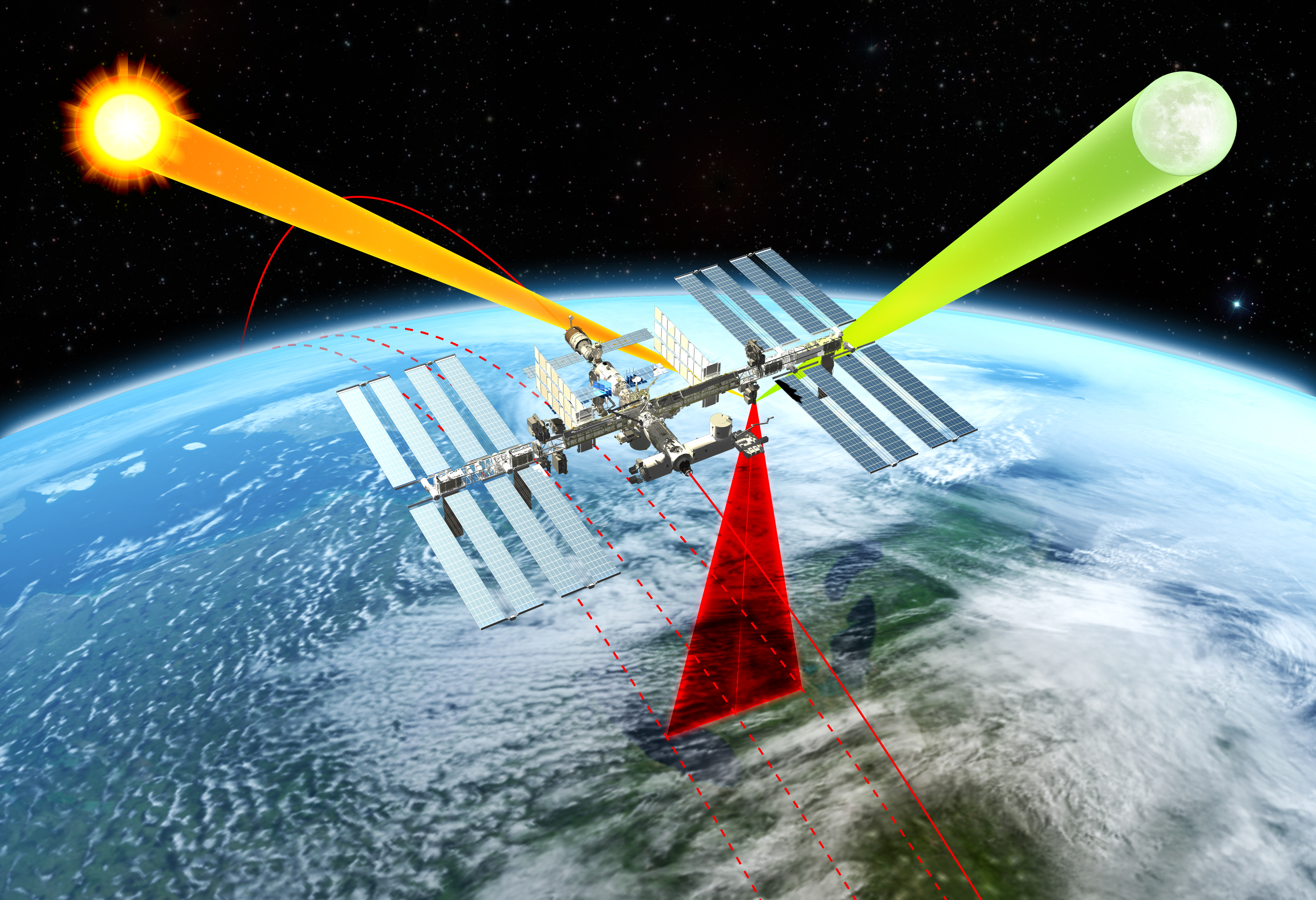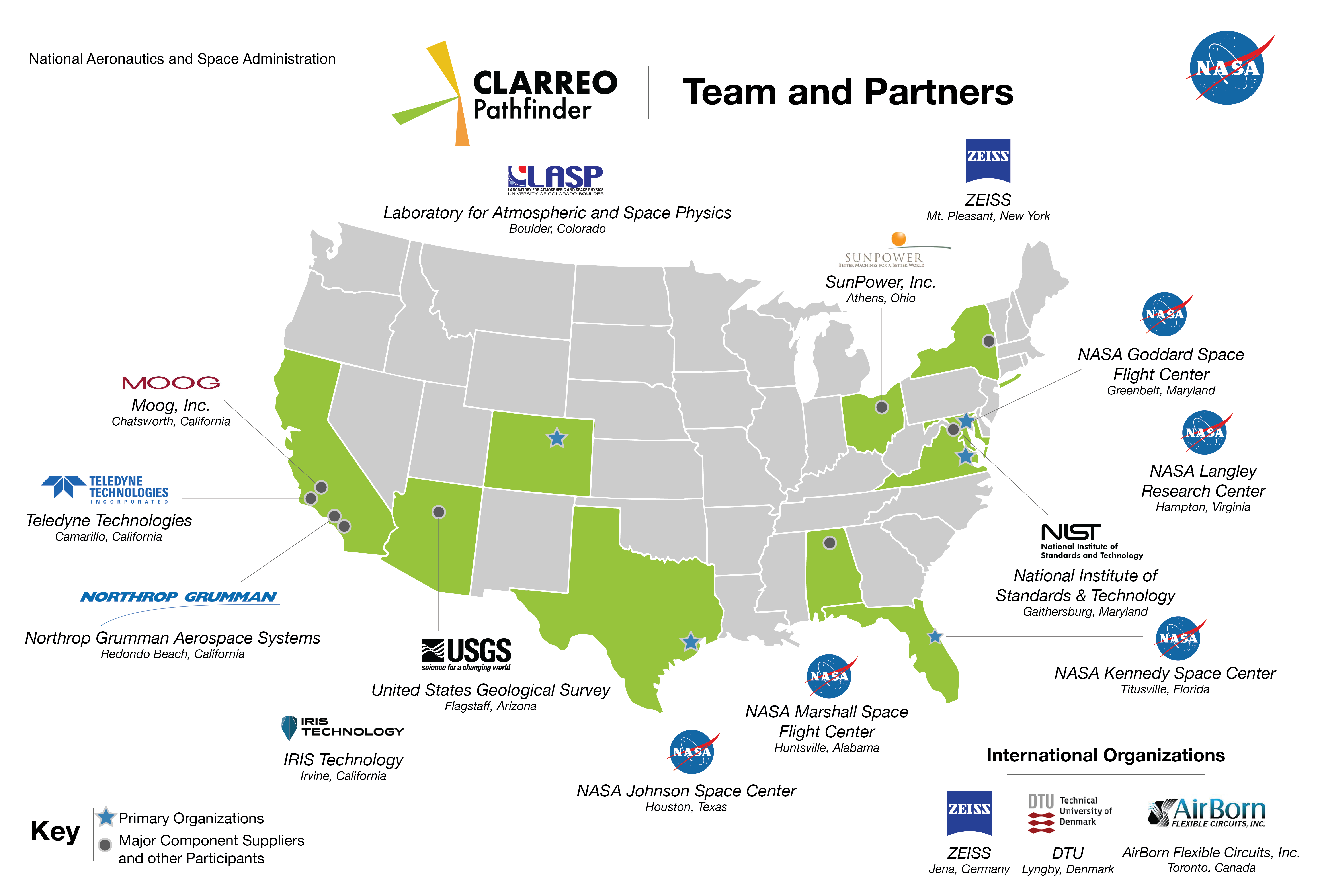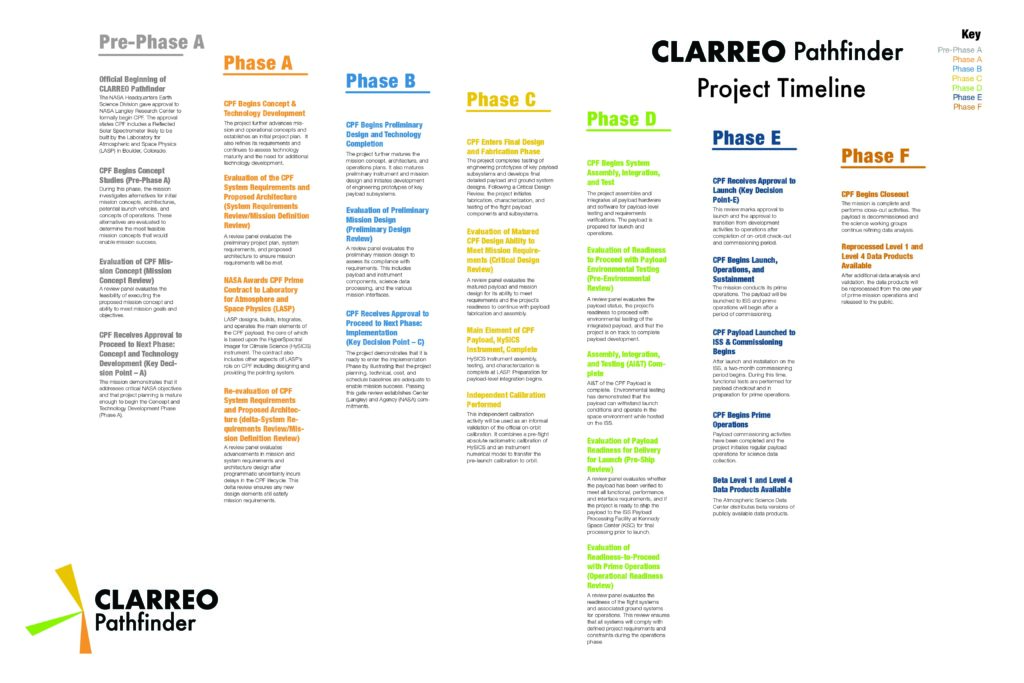Mission Overview
The CLARREO (Climate Absolute Radiance and Refractivity Observatory) Pathfinder (CPF) mission officially began in 2016 with the directive to achieve two primary mission goals: 1) measure Earth-reflected sunlight with an unparalleled accuracy of 0.3% (k=1) – a 5-10x improvement over existing reflected solar (RS) sensors and 2) serve as an on-orbit inter-calibration reference to other orbiting sensors. The high accuracy spectrally-resolved measurements CPF will take are critical to the physical drivers of and the Earth’s response to climate change.
CPF’s unprecedented accuracy traceable to international standards and its high spatial and spectral resolution also ideally position CPF to serve as an on-orbit calibration reference to other RS instruments. This is essential because most reflected solar instruments experience on-orbit degradation with extended exposure to the extreme space environment. Alternatively, CPF has been designed to be resilient to such on-orbit degradation with frequent on-orbit calibration measurements.
A major element of the CPF payload is a Reflected Solar (RS) spectrometer called HySICS (HyperSpectral Imager for Climate Science), and developed by the Laboratory for Atmospheric and Space Physics (LASP). The CPF payload will be hosted on the International Space Station (ISS) and is planned to take measurements for one year. An additional year is included in the project for data analysis.

Artist’s rendition of the location where CPF will be hosted and mounted. The rendered orientation of HySICS shows it in its nadir-pointing mode. (Courtesy NASA & LASP)
CLARREO Pathfinder: Achieving Unparalleled Accuracy
The CPF instrument will be calibrated regularly on orbit primarily by positioning the entire instrument to take direct measurements of the Sun, a very well-known and long-monitored calibration target. These calibration measurements and the rigorous pre-flight ground characterization enable HySICS to maintain its high accuracy throughout its lifetime. CPF’s high accuracy measurements will then be used to transfer its high accuracy to other RS instruments, which the mission will demonstrate with CERES and VIIRS. In this way, CPF will demonstrate its ability to serve as a calibration reference for other instruments orbiting Earth at the same time. The 2017 Earth Science Decadal Survey recommended continuation of the CLARREO Pathfinder mission and identified radiance inter-calibration as a high priority for reducing uncertainty in monitoring Earth’s climate.

An illustration of how CLARREO Pathfinder will take measurements of Earth (red) and use the Sun (orange) and Moon (green) for regular instrument calibration on ISS. (Courtesy NASA)
Higher Accuracy Means Greater Understanding of Our Changing Earth
The highly accurate CPF measurements will result in more accurate climate observations of the Earth. These observations are needed to increase confidence in our understanding of how sensitive Earth’s climate is to changes, such as the increase in carbon dioxide concentration in the atmosphere. There has been little progress in improving our confidence of Earth’s climate sensitivity since the 1979 Charney Report. Such high accuracy, information-packed measurements as those provided by CLARREO Pathfinder are sensitive to many of the key climate variables that need to be monitored to understand Earth’s climate and how it is changing. A better understanding of key climate variables, such as various cloud parameters and how they respond to climate forcings, will ultimately enable more accurate predictions of how Earth’s climate will change in the coming decades.
Detecting Climate Change Sooner Rather than Later
Improved climate change projections will allow for more informed strategic planning and risk assessments by governments at all levels (local to federal), and the reinsurance industry (insurance purchased by insurance companies to mitigate the risk they are susceptible to), among others. The high accuracy level demonstrated by CPF is needed to detect small decadal trends sooner than is possible with current Earth-observing assets. CPF will also take measurements of sunlight reflected by the Moon in order to improve the Moon’s accuracy as an inter-calibration tool. Additionally, CPF’s ability to transfer its high calibration accuracy to other instruments through on-orbit inter-calibration will serve to improve other national and international Earth-observing instruments.
CPF Team and Partners

Primary Organizations
| Organization | Contributions and Responsibilities |
|---|---|
| NASA Langley Research Center (LaRC) | • Lead NASA Implementing Center • Production of science data demonstrating inter-calibration between CPF and CERES/VIIRS • Distribution of CPF data products from the NASA Atmospheric Science Data Center |
| Laboratory for Atmospheric and Space Physics (LASP) | • CPF payload development, integration, test, and delivery for flight on ISS • Payload operations, instrument science, calibration, and production Earth reflectance measurements |
| NASA Johnson Space Center (JSC) / International Space Station (ISS) | • Launch and accommodations of CPF payload on ISS |
| NASA Goddard Space Flight Center (GSFC) | • Independent calibration of CPF instrument |
| NASA Kennedy Space Center (KSC) | • Launch site services and launch to International Space Station |
Major Component Suppliers and Other Participants
| Organization | Contributions and Responsibilities |
|---|---|
| NASA Marshall Space Flight Center (MSFC) | • CPF payload command and data routing to and from International Space Station |
| National Institute for Standards and Technology (NIST) | • Technical consultation and peer reviews for measurement and inter-calibration uncertainty propagation |
| United States Geological Survey (USGS) | • Technical consultation and leadership for lunar inter-calibration measurements and analysis |
| Teledyne Scientific Imaging, Inc. | • Provider of CPF instrument focal plane array and focal plane electronics design |
| Zeiss, Inc. | • Provider of CPF instrument spectrometer grating |
| Moog, Inc. | • Provider of pointing system actuators |
| Northrop Grumman Aerospace Systems | • Provider of CPF instrument cryocooler |
| Iris Technology, Inc. | • Provider of cryocooler control electronics |
| Technical University of Denmark (DTU) | • Provider of pointing system star tracker |
Project Timeline

